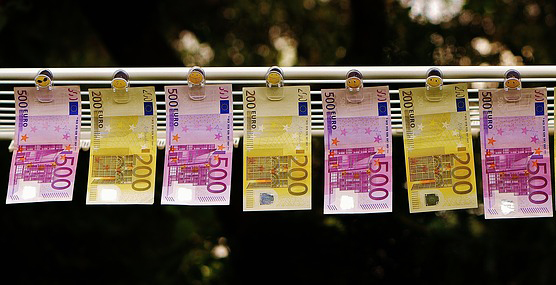Currencies on the Forex market are traded in terms of “lot” sizes. Each lot is equivalent to $1,000. With leverage through margin trading, a Forex trader can control $100,000 worth of currency with a capital outlay of just one thousand dollars. Currencies are also bought and sold in the Forex market in terms of pairs. Each currency is always denoted by 3 letters like listed below:
- AUD for the Australian Dollar
- CAD for the Canadian Dollar
- CHF – for the Swiss Franc
- EUR for the EURO
- GBP for the British Pound
- JPN – for the Japanese Yen
- USD for the US Dollar
Forex Currency Pairs
When a Forex trader buys and sells a currency pair, he is buying or selling the currency pair in terms of the “base” currency. For example for the USD/AUD currency pair, what this means is that one US dollar is worth so much in terms of the Australian dollar. The most common pairs are:
- EUR/USD (Euro & US Dollar) known by just the “Euro”
- USD/JPY ( US Dollar & Japanese Yen) known by just the “Dollar Yen”
- GBP/USD ( British Pound & US Dollar) normally called “Cable”
- USD/CAD (US Dollar & Canadian Dollar) known by just the “Dollar Canada”
- AUD/USD (Australian Dollar & US Dollar) known by just the “Aussie Dollar”
- USD/CHF US (Dollar & Swiss Franc) known by just the “Swissy”
- EUR/JPY (Euro & Japanese Yen) known by just the “Euro Yen”
Thus, when you buy the EUR/USD currency pair; you are by definition buying the Euro while selling the US dollar at the same time. When you sell this specific pair, you are selling the Euro and simultaneously buying the US dollar. Your transaction will always be by the base currency in contrast to the counter currency.
To avoid confusion, you can regard the currency pair as just one item. It is perfectly alright to ask for a currency pair quote by the base currency. Your Forex broker will be able to understand what you mean and you are still able to place trades through him. The distinction between the two currencies in the pair is drawn with regard to fundamental analysis concerns. The concept of the base and counter currencies is useful to demonstrate what is essentially happening in a Forex trade. In the financial markets, you are able to execute a trade through short selling.
Flip the transaction
Short selling is when you sell a financial asset first and then proceed to buy that asset back later at a lower price, thus reaping a profit. However, short selling in the equity market is controlled by the regulatory bodies. Whereas in the Forex market, because you are continuously buying the base currency and selling the counter currency, you are able to flip the transaction as to which will be the base currency and which is the counter currency.
The transaction is, in essence, the same and this permits you to short sell a currency pair with any restrictions like those in the equity market. With short selling, you are able to profit from a Forex trade regardless of whether the market is falling or on the up trend. With short selling, you can only make money when the market is on the upswing.


